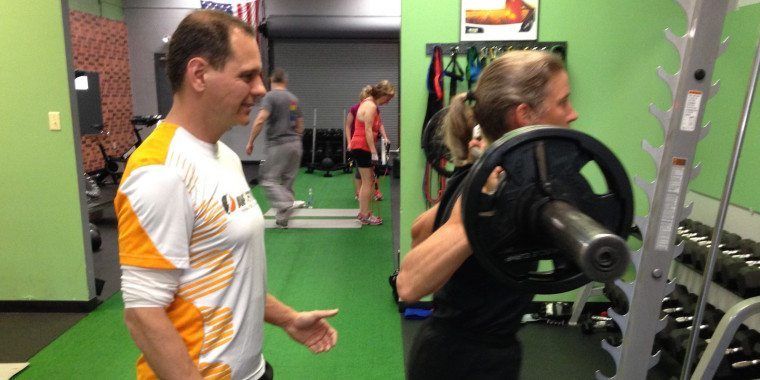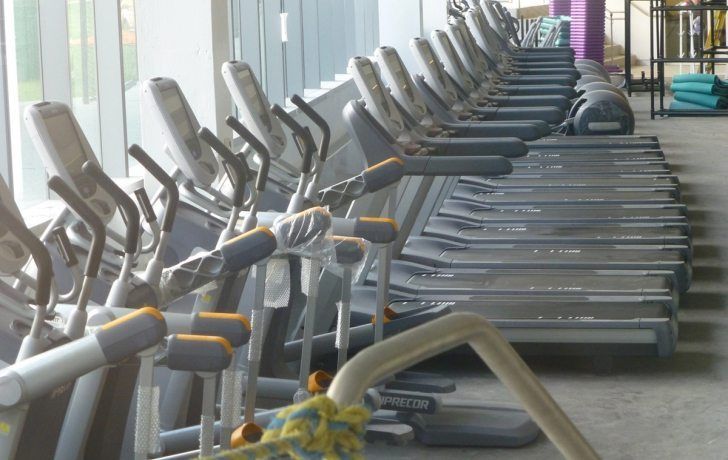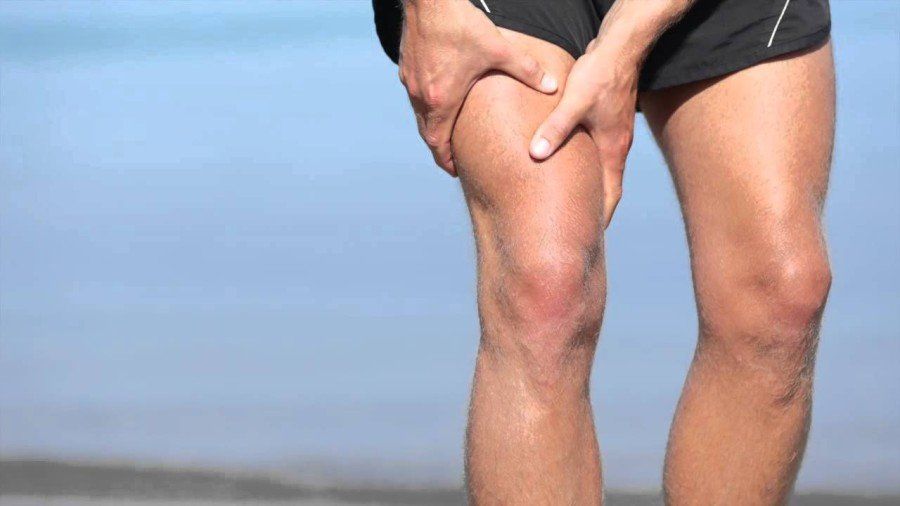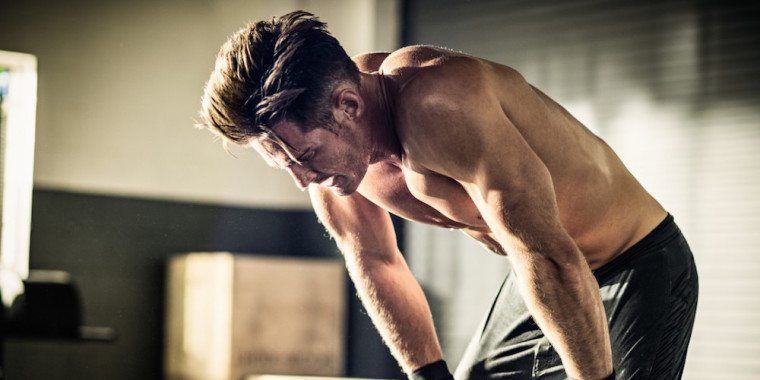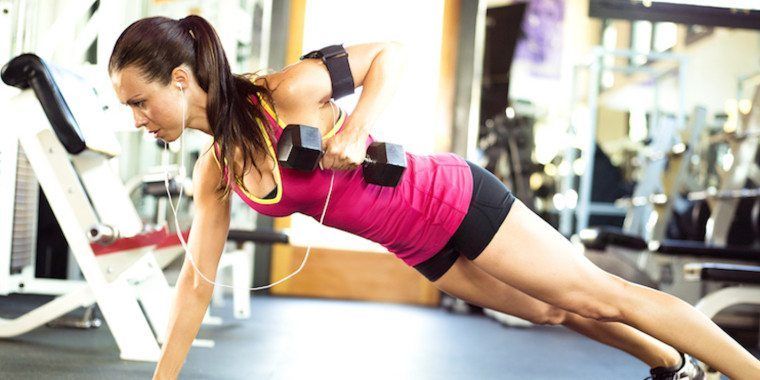Unilateral training is a style of training in which you are only working one limb at a time, rather than using both limbs concurrently to complete a particular exercise.
While using traditional bilateral training movements (think a traditional barbell bench press using both arms to press the weight) are still very essential in making up a complete strength and conditioning program, it is important to incorporate unilateral training movements as well.
According to mensfitness.com, there are three primary benefits to unilateral training:
- Joint Strengthening: The instability of having dumbbells and not barbells asks for a lot more effort from your joint capsules (i.e. shoulders, elbows, wrists) to steady the load. This capacity simply cannot be exploited to the same degree through typical barbell training. The connective tissue of each joint will be trained to get stronger also, contributing to its overall health.
- Core Strengthening: Unilateral training will also help core strength. In any typical single arm or single leg movement, the body will have the propensity to “lean” or twist in order to accommodate for the load being lifted on only one side. Keeping a straight body (or, making it look as though there’s an even load on each side) means twice as much work for the abdominals. The best part is that this is a much better function of the abdominals to train—namely, anti-rotation and dynamic stability of the abs and lower back. These are the ways in which the core is working for most of the day, and sharpening up this capacity will outperform leg raises and crunches any day of the week.
- Caloric Burn: When you do exercises that focus on one limb after the other, the set usually takes twice as long. That means more time spent under tension with load, more calories burned and an improved training effect. If you’re looking to lean out, a fair deal unilateral training should take their place in your program to complement foundational barbell and compound movements.
The following are some examples of unilateral exercises that you can include in your workouts:
- Chest: single arm machine chest press, single arm cable fly, single arm cable crossover, single arm pec deck fly
- Lats: single arm dumbbell row, single arm seated cable row, single arm pulldown
- Delts: single arm dumbbell press, single arm machine press, single arm dumbbell/cable lateral, single arm dumbbell upright row
- Biceps: single arm cable curl, single arm preacher curl, single arm dumbbell curl
- Triceps: kickbacks, single arm lying/seated extensions, single arm pushdowns
- Legs: single leg squats, single legged leg press, single leg extensions, step-ups, single leg lying/seated/standing leg curls, single leg stiff deadlifts
- Calves: single leg seated raise, single leg standing raise, single leg calf press
- Traps: single arm dumbbell/machine shrugs, dumbbell cleans
- Lower back: dumbbell deadlifts
- Forearms: single arm dumbbell wrist and reverse wrist curl
It is important to remember that when you first start to integrate lower-body unilateral exercises into your workouts to take it slow — you want to follow a sensible progression rather than starting off with advanced moves. Upper-body unilateral exercises don’t require as much balance, however, so following a progression is not as important.
To learn more about how to incorporate unilateral exercises into your workout, contact us at 216-236-3674.
